The Hare – The Trickster Pounding Mochi on the Moon: How Does the Hare's Symbolism in Japan Differ from the Easter Tradition?
Ladies and Gentlemen, Introducing the Hare...
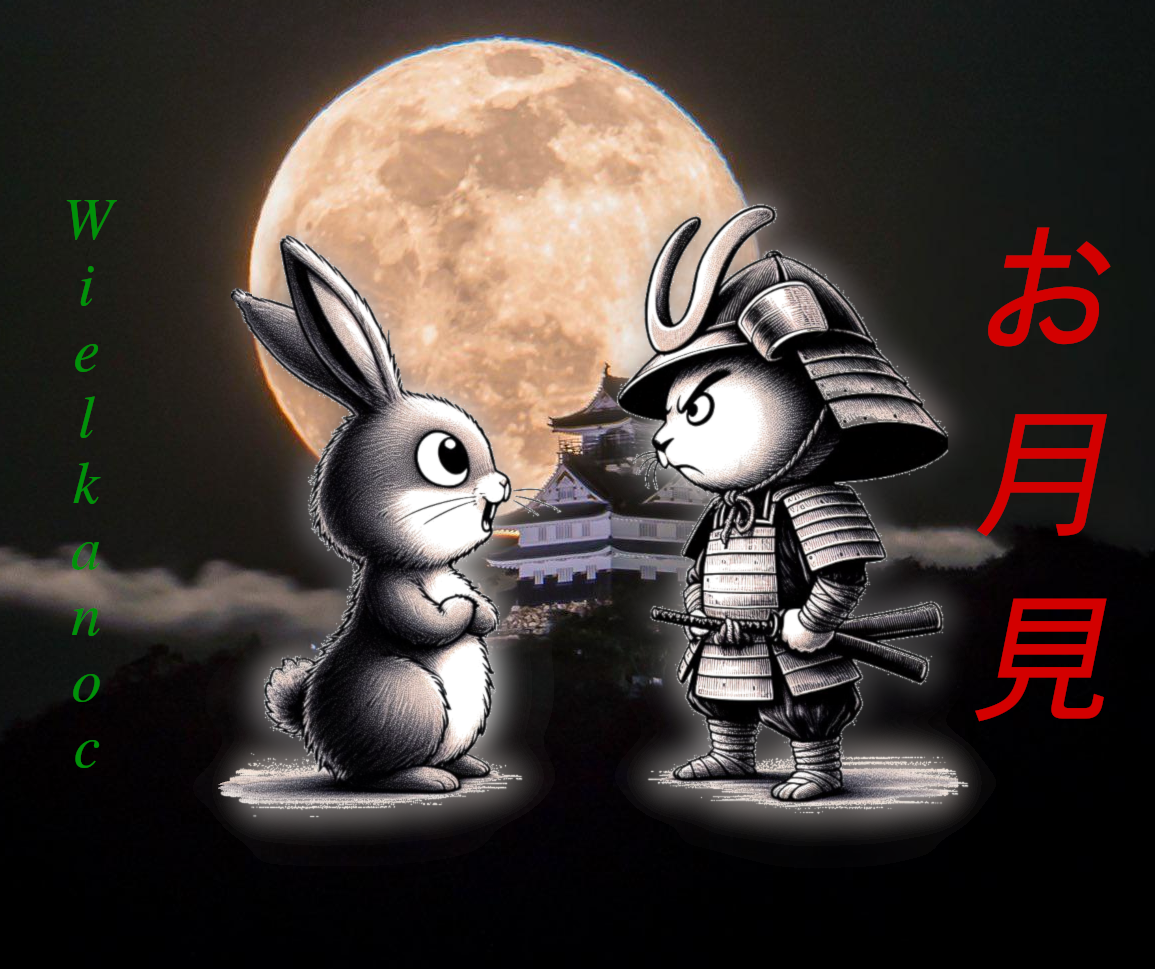
Who is this hare? In Polish culture, we recognize it as an animal inherently linked with Easter, representing new life, fertility, and the rebirth of spring. It stars in children’s tales and folk beliefs, often portrayed with a basket brimming with colorful eggs. In this tradition, the hare brings a promise of renewal, heralding the brightest period of the year when the world awakens from its winter slumber.
And how is the hare portrayed on the other side of the globe, in the islands of the Land of the Cherry Blossoms? Here, it is no longer the harbinger of spring; in Japan, the hare assumes a mythological figure that spans a broad spectrum of roles – most commonly adopting one of the variants of the archetype of the 'cunning trickster'. In Japanese legends, it emerges as a story's hero, often delivering moral lessons. 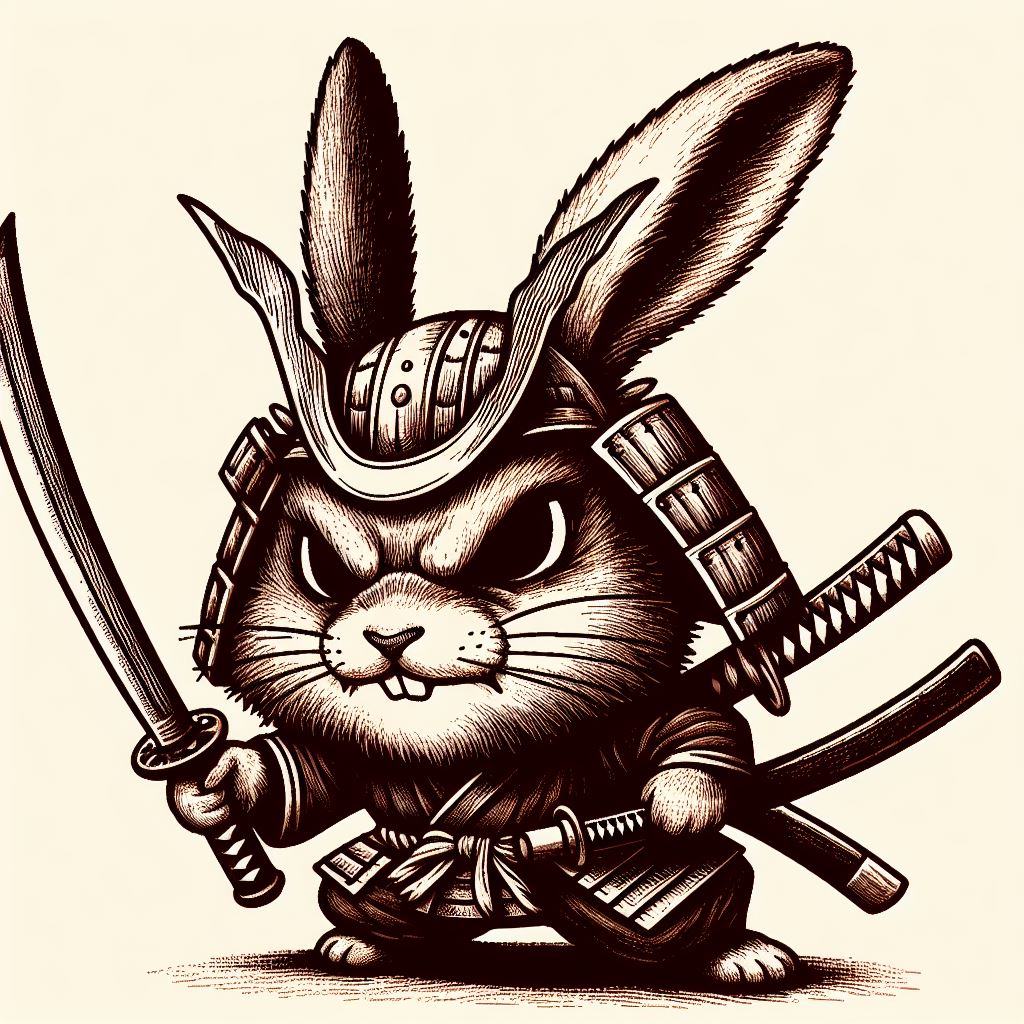
The Japanese Hare – What Is It Like?
The hare in Japan is a symbol that carries a significantly different resonance from what our European culture has accustomed us to. It is not an embodiment of spring rebirth but rather exemplifies a certain human archetype or attitude.
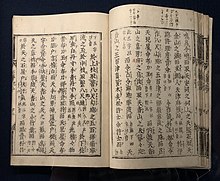
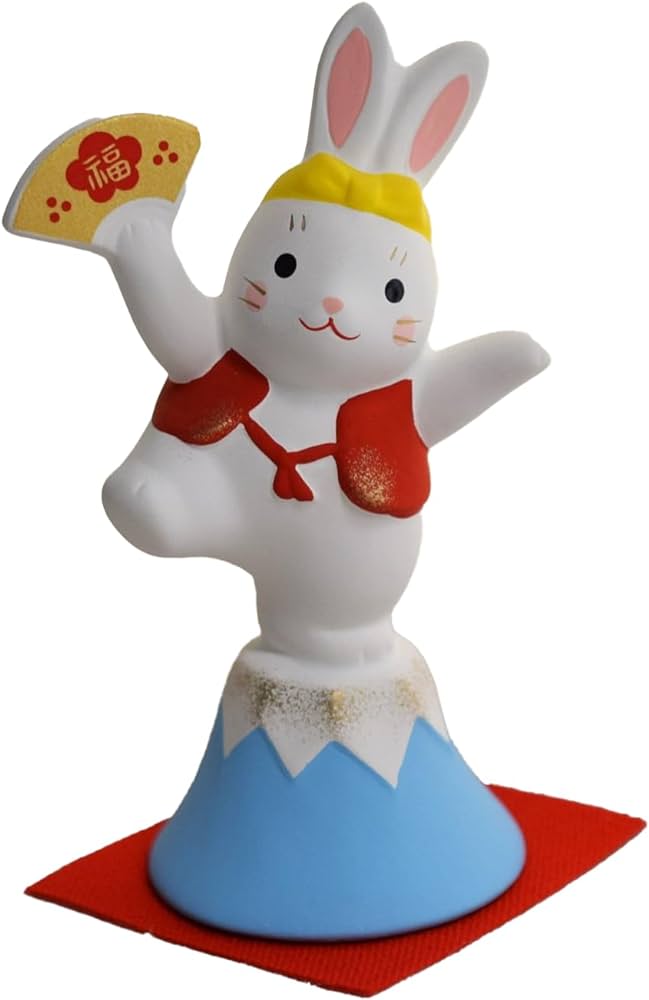
The hare in Shinto tradition is also often connected with wealth and good fortune. Numerous Shinto shrines and home altars are adorned with hare figurines serving as amulets for luck and prosperity. These are those ubiquitous figurines of the smiling hare with a beckoning hand – a symbol of wealth.
Finally, in art - the hare is a popular motif that surfaces in paintings, ukiyo-e stories, ornamentations on dishes and clothing, sculptures, etc. As an artistic theme, it boasts a long history in Japanese art. Artistic depictions of the hare often explore and express its complex significances, from spiritual and physical agility to its association with the natural world and life's cycle.
The Legend of the Hare of Inaba
A long time ago...
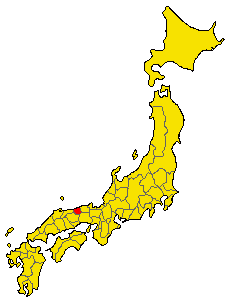
Our protagonist, once an ordinary hare, aspired to cross the sea to reach a land teeming with lush grasses and sweet roots. But how could he achieve such a daring feat when the sea waves were so turbulent and the distance so vast?
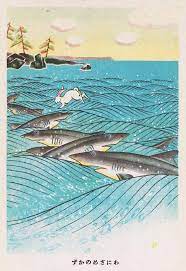
A Grim Twist...
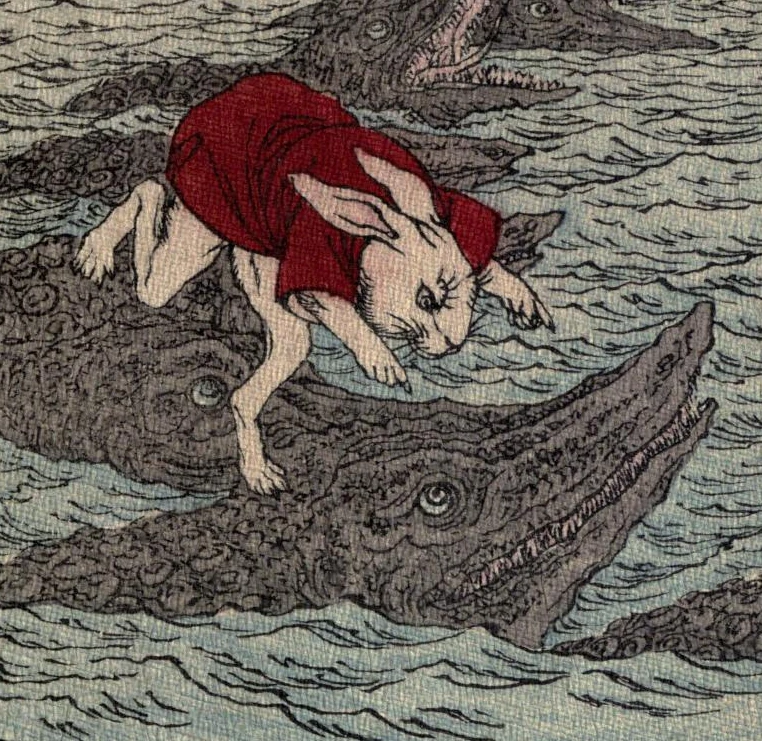
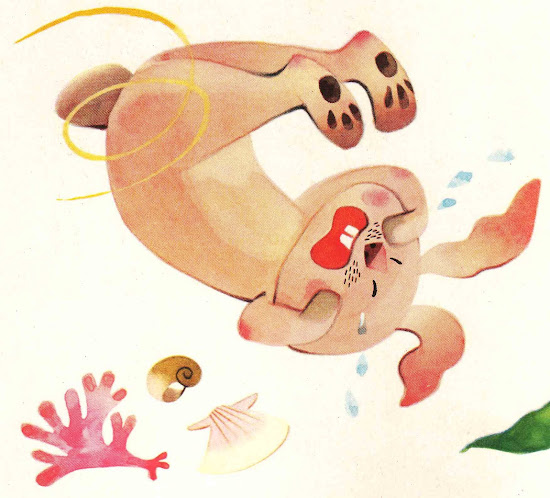
Suffering and Help...
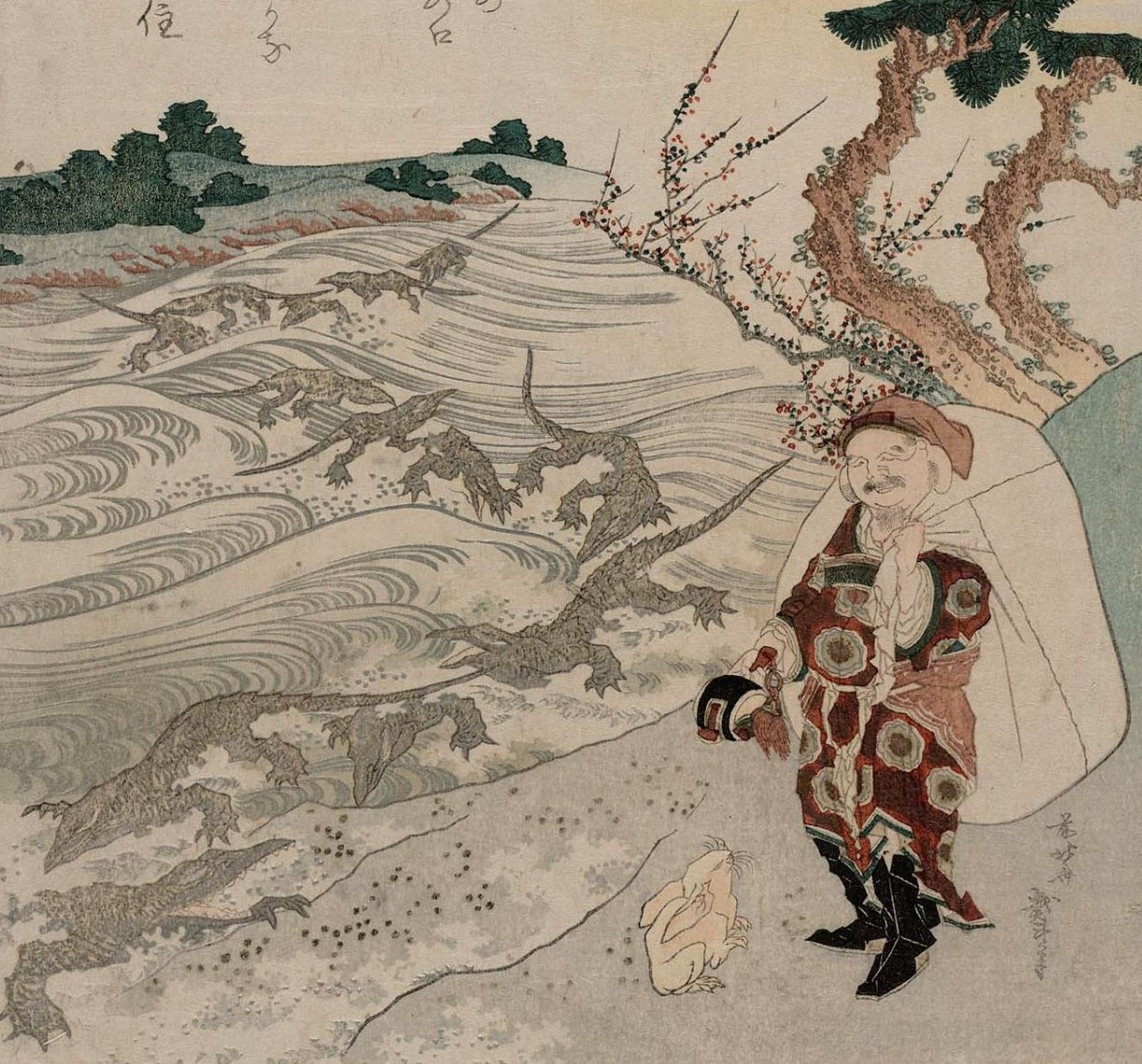
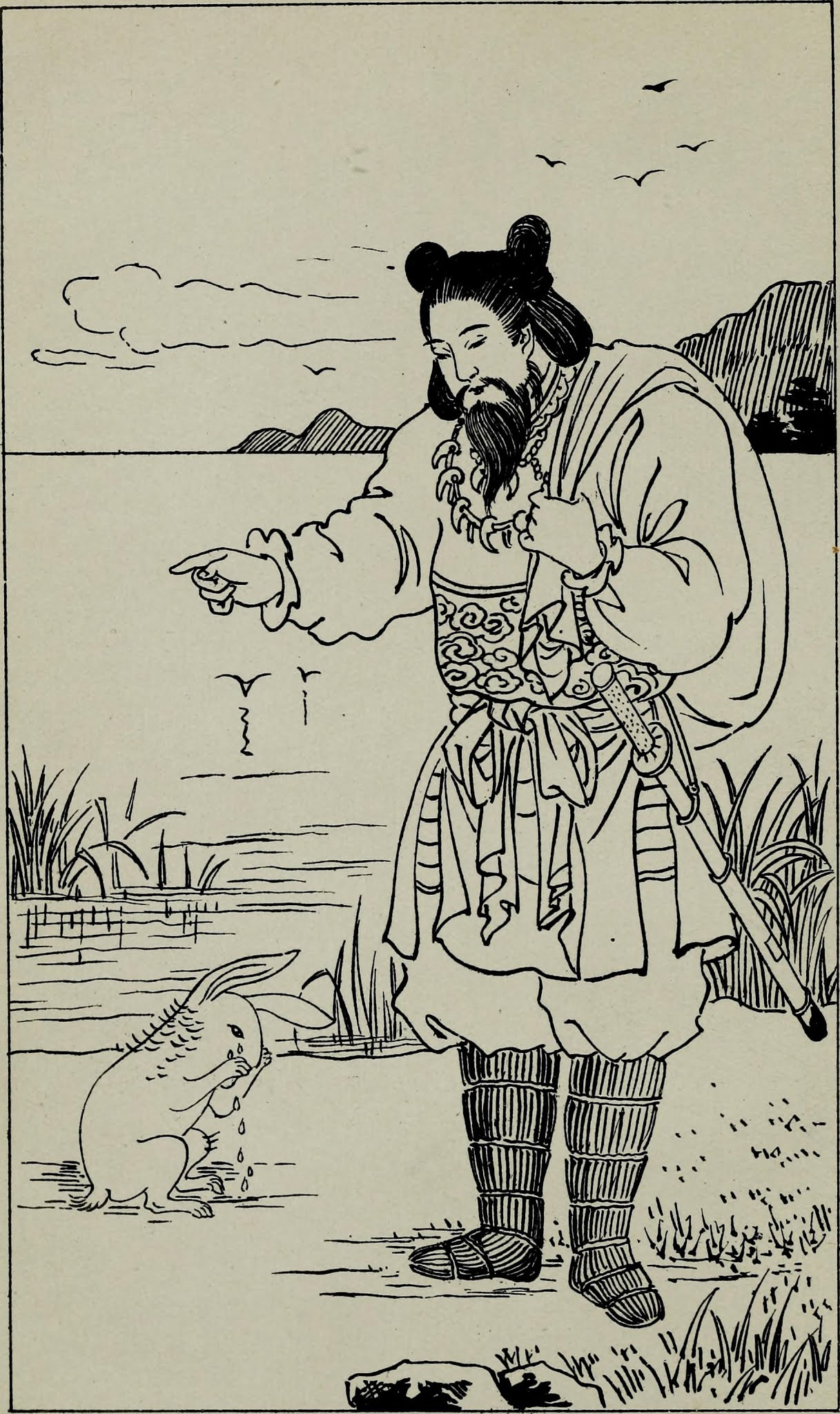
Out of gratitude for the salvation, the hare prophesied to Ōkuninushi that he would meet a beautiful princess and become a great ruler. This prophecy soon came true, as Ōkuninushi not only won the love of the beautiful Yakami from Inaba but also divine power, becoming one of the most important gods in Japanese mythology.
Moral and Conclusions...
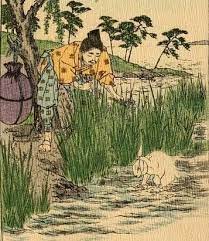
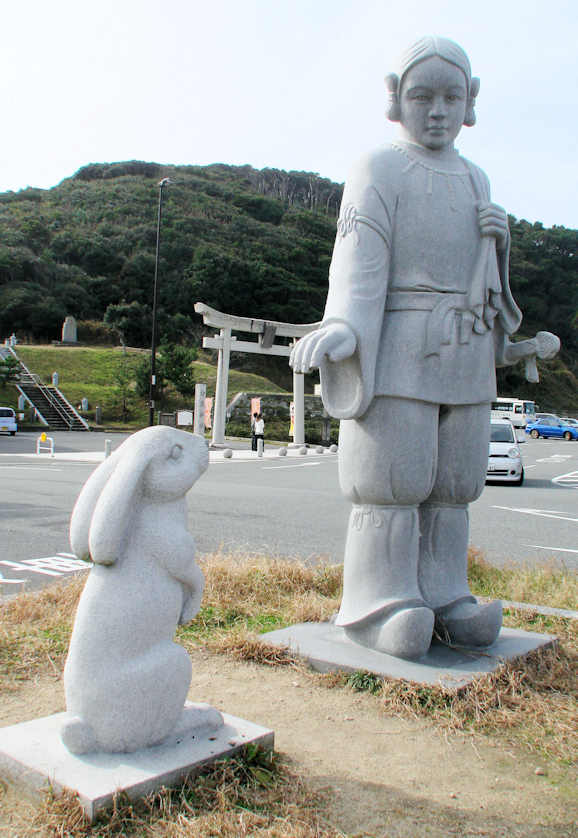
The moral of this tale reminds us that every action has its consequences, which often can be far from intended, and true greatness lies not in cunning but in the ability to be kind and merciful towards those in need. The story of the hare from Inaba and Ōkuninushi is a reminder that even the most unlikely encounters can lead to unexpected but magnificent transformations, painting a picture of a world where empathy and kindness are the most precious treasures.
 The Image and Symbolism of the Hare in Japan
The Image and Symbolism of the Hare in Japan
The hare occupies a place full of symbolism and deep meanings in Japanese culture and mythology, reflecting traits such as cunning, wisdom, and survival. Beyond the famous legend of the Hare of Inaba, there are other stories where the hare plays a central role, conveying important values and lessons.
The Hare and the Moon
One of the most characteristic motifs with the hare is its connection to the Moon. In Japanese mythology, the hare is often depicted as sitting on the Moon, where it pounds mochi (traditional Japanese rice cakes), a common sight in Japanese folk art. This story, or rather image, carries with it the idea of continual work and perseverance, but also connectivity with nature and the cycle of life. The hare on the Moon is also a symbol of renewal and immortality.
The Hare and Protection Against Evil Spirits
In some regions of Japan, the hare is also seen as a guardian, defending against evil spirits and bad luck. Hare figurines or talismans (御守り - omamori) are often found in homes as amulets providing protection and bringing good fortune. This transformation of the hare into a symbol of protection and prosperity reflects Shinto and Buddhist practices, which attribute special power to objects and animals. The hare, considered a messenger of the god Inari, the guardian of agriculture and fertility, has become an object of worship in many temples and shrines, where believers offer prayers and gifts in hope of receiving blessings.
 The Hare and Reflections on Human Nature
The Hare and Reflections on Human Nature
In many Japanese folk tales, the hare is a character that uses its wits to overcome adversities, often positioning itself against stronger opponents. These stories not only entertain but also teach, emphasizing the value of intelligence and cunning in the face of challenges. At the same time, the hare as a symbol can serve as a caution against excessive cunning and deceit, showing the consequences that such actions can bring.
 The Hare as a Spiritual Guide
The Hare as a Spiritual Guide
In some aspects of Japanese culture, the hare is seen as a spiritual guide that helps people find their way in life or cross the boundaries of the material and spiritual worlds. This role of the hare is particularly visible in art and literature, where its figure often symbolizes the pursuit of wisdom and spiritual enlightenment. An example is the ukiyo-e series "Tsukioka Yoshitoshi's One Hundred Aspects of the Moon," where the hare is depicted in a spiritual context, serving as a bridge connecting people with the mystical world of the moon and its secrets.
 The Hare in Ceremonies and Festivals
The Hare in Ceremonies and Festivals
The hare also plays a significant role in Japanese ceremonies and festivals, especially those related to Moon viewing celebrations such as Tsukimi, the moon-viewing festival. During Tsukimi, traditional decorations and offerings often include images of the hare, intended to bring health and happiness to the home. These practices underscore the cultural fascination with the connection between the hare and the Moon, recognizing it as a symbol of abundance and prosperity. Hare figures made of grass or depictions of hares on dango (traditional Japanese sweet rice balls) are popular during this festival, connecting people with nature and tradition through culinary art and decorations.
 Not to Confuse the Hare with the Hare
Not to Confuse the Hare with the Hare
The motif of the hare, like other motifs common to both European and Japanese cultures, can be confusing. Accustomed to the Western symbolism of these motifs in everyday life, we tend to unconsciously transfer this symbolism even when viewing Japanese cultural works, such as manga or anime. This can be a mistake (not always, since some anime is purely for export, but that's another topic). There are no universal motifs – what we see on one side of the globe may look completely different on the other. To understand and appreciate the depth of a given culture, one cannot enter it with a head full of foreign interpretations.
It is always worthwhile to learn the Japanese version of a given motif (as we do today with hares) so as to be able to understand and feel the work we have come to admire, which comes from a completely different culture. Therefore, often, after discussing the Japanese version of a cultural element, I bring up examples from pop culture where this motif occurs. So that the reader can independently assess whether the work must be partially reevaluated in light of the newly acquired knowledge or not. So, where do we see hares in anime or Japanese video games?
 "Naruto" (Masashi Kishimoto, 1999)
"Naruto" (Masashi Kishimoto, 1999)
In the world of "Naruto," Kaguya Ōtsutsuki, known as the "Rabbit Goddess," is one of the main antagonists in the later phase of the series. Her ability to manipulate dimensions and possess powerful powers, combined with her visual motif related to the hare, make her a fascinating character. Kaguya, being a central figure in the series' mythology, brings elements related to Japanese legends about the hare, especially in the context of her powers and mysterious nature.
 "Sailor Moon" (Naoko Takeuchi, 1992)
"Sailor Moon" (Naoko Takeuchi, 1992)
The popular manga and anime series about a group of girls who can transform into warriors fighting evil with the power of the Moon. The main character, Usagi Tsukino, whose name is a linguistic joke that can be translated as "Moon Rabbit" (usagi – rabbit, Tsuki – Moon, no - of), is symbolically linked to the hare and is an obvious reference to the Japanese legend of the hare on the Moon.
 "My Hero Academia" (Kōhei Horikoshi, 2014)
"My Hero Academia" (Kōhei Horikoshi, 2014)
This dynamic anime and manga present a world where nearly everyone possesses superpowers called "quirks." Among many colorful characters, Mirko, or Rumi Usagiyama, also known as Rabbit Hero Mirko, stands out. She is a heroine whose physical features and powers are inspired by the hare, making her exceptionally strong and agile. Her distinctive hare-like ears and combat abilities, reflecting the strength and speed of these animals, make Mirko one of the most recognizable and beloved characters in the series.
 "Ōkami" (Clover Studio, 2006)
"Ōkami" (Clover Studio, 2006)
An action-adventure game where players embody Amaterasu, a sun deity represented as a white wolf. The game features other animals, including hares, which serve various functions, from spiritual guides to elements aiding in puzzle-solving. The symbolism associated with the hare in "Ōkami" combines traditional Shinto beliefs with interactive gameplay elements, highlighting the character's connection with nature and the spiritual world.
"Moon: Remix RPG Adventure" (Love-de-Lic, 1997)
An innovative RPG game that reverses traditional roles, encouraging the player to discover the truth about "heroes" and "monsters." Hares in "Moon" play various roles, from landscape elements and potential friends to key characters in quests. Their presence in the game is thoughtful and full of surprises, allowing for a new appreciation of their role in Japanese culture as symbols of happiness and spiritual guidance.
"Final Fantasy XII" (Square Enix, 2006)
A game set in the fantastical world of Ivalice, where players meet the Viera, a rabbit-like race that combines human and hare characteristics. These elegant, tall characters with long ears are known for their agility and close connection with nature, making them unique inhabitants of Ivalice. Viera symbolizes harmony with the environment, dexterity in combat, and mystique, emphasizing the spiritual and physical agility associated with the hare.
 "Dragon Ball" (Akira Toriyama, 1984)
"Dragon Ball" (Akira Toriyama, 1984)
Early episodes of "Dragon Ball" feature a character named Monster Carrot, the leader of the "Rabbit Mob" gang. Monster Carrot has the ability to turn people he touches into carrots. His appearance, with distinct hare features, including ears and teeth, and his role as an antagonist for Goku and his friends, introduce elements of comedy and tension to the series. This character is a humorous, though threatening, reminder of the cunning and inventiveness associated with the hare in folklore.
Conclusion
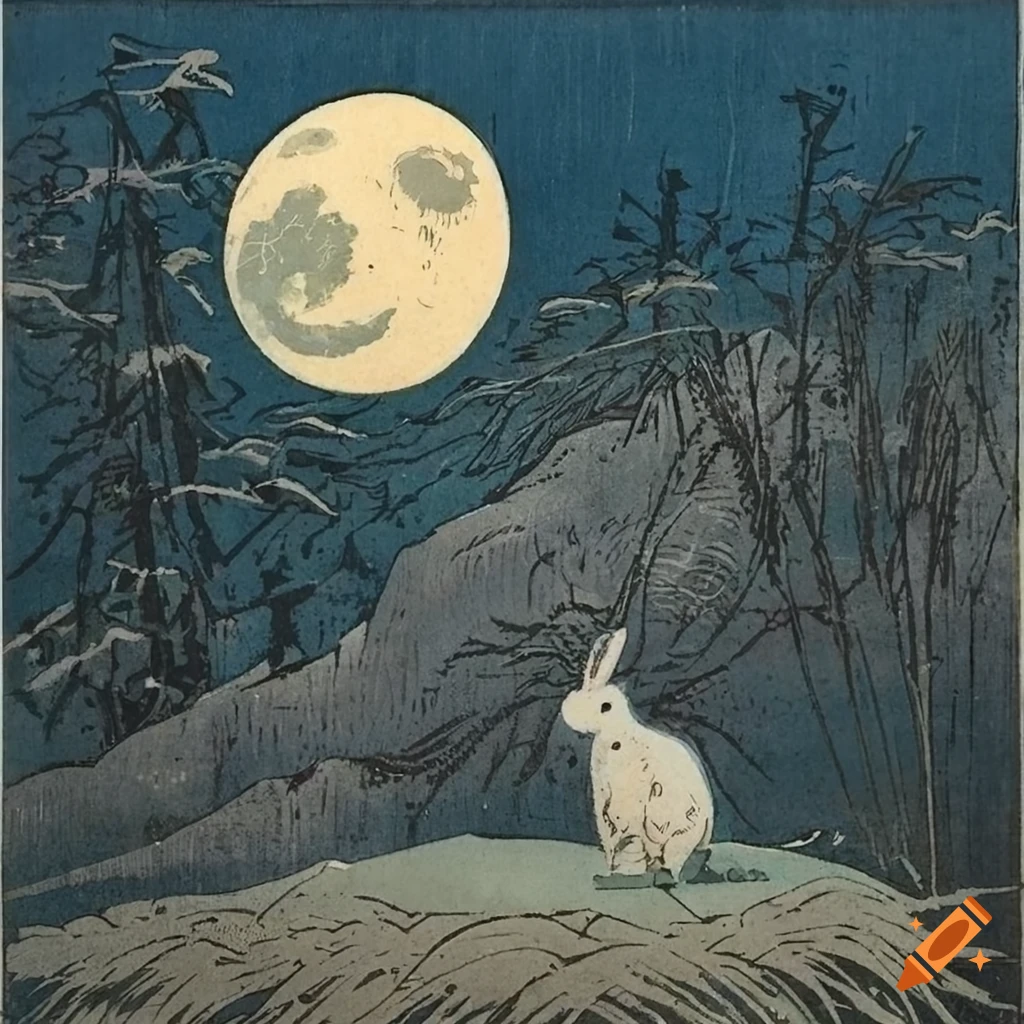
In Japanese culture, the hare often serves as a bridge between worlds, with the ability to cross the boundaries of reality. It is a character that can lead to enlightenment as well as warn against excessive cunning, maintaining a balance between wisdom and the temptation of manipulation.
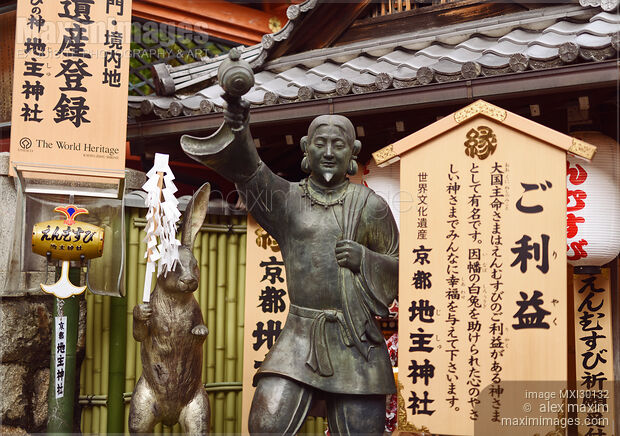
>>SEE SIMILAR ARTICLES:
Shintoism at the Heart of Manga and Anime: The Profound Mark of Tradition in Japanese Pop Culture
Kojiki & Nihon Shoki: Ancient Tales in Contemporary Echoes
Kachi-kachi Yama: The Rabbit vs Tanuki, A Tale of Murder and Torture
Japanese Gardens: A Piece of Art with a Surprising Ending - Discover the Secrets of Zen Gardens
Onsen: Mystical Waters of Japan in Legends, History, and Anime
"Strong Japanese Women"
see book by the author
of the page
未開 ソビエライ
An enthusiast of Asian culture with a deep appreciation for the diverse philosophies of the world. By education, a psychologist and philologist specializing in Korean studies. At heart, a programmer (primarily for Android) and a passionate technology enthusiast, as well as a practitioner of Zen and mono no aware. In moments of tranquility, adheres to a disciplined lifestyle, firmly believing that perseverance, continuous personal growth, and dedication to one's passions are the wisest paths in life. Author of the book "Strong Women of Japan" (>>see more)
Personal motto:
"The most powerful force in the universe is compound interest." - Albert Einstein (probably)
Mike Soray
(aka Michał Sobieraj)
未開 ソビエライ
An enthusiast of Asian culture with a deep appreciation for the diverse philosophies of the world. By education, a psychologist and philologist specializing in Korean studies. At heart, a programmer (primarily for Android) and a passionate technology enthusiast, as well as a practitioner of Zen and mono no aware. In moments of tranquility, adheres to a disciplined lifestyle, firmly believing that perseverance, continuous personal growth, and dedication to one's passions are the wisest paths in life. Author of the book "Strong Women of Japan" (>>see more)
Personal motto:
"The most powerful force in the universe is compound interest." - Albert Einstein (probably)
Mike Soray
(aka Michał Sobieraj)
Write us...
Ciechanów, Polska
dr.imyon@gmail.com
___________________
inari.smart
Would you like to share your thoughts or feedback about our website or app? Leave us a message, and we’ll get back to you quickly. We value your perspective!
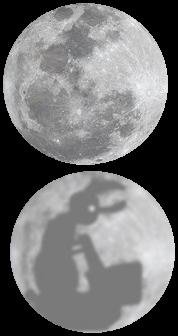 The Image and Symbolism of the Hare in Japan
The Image and Symbolism of the Hare in Japan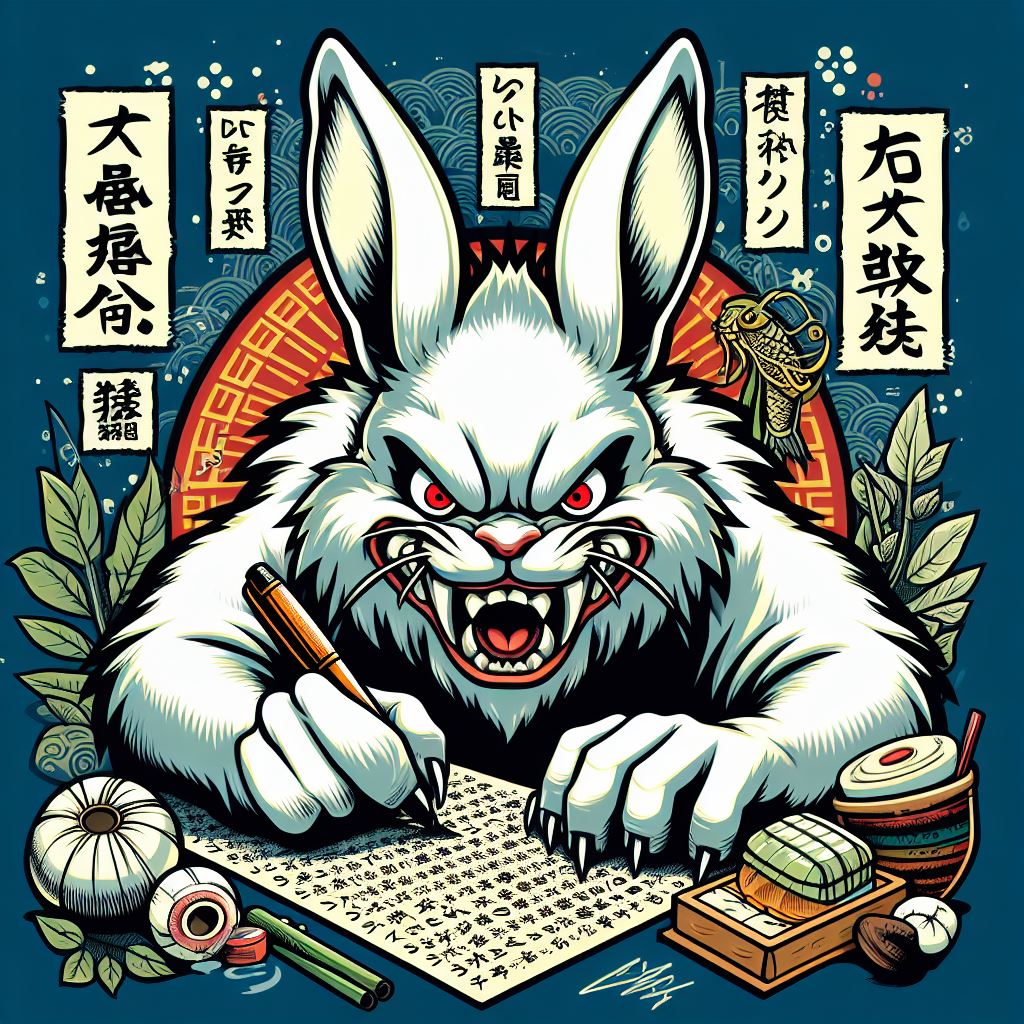 The Hare and Reflections on Human Nature
The Hare and Reflections on Human Nature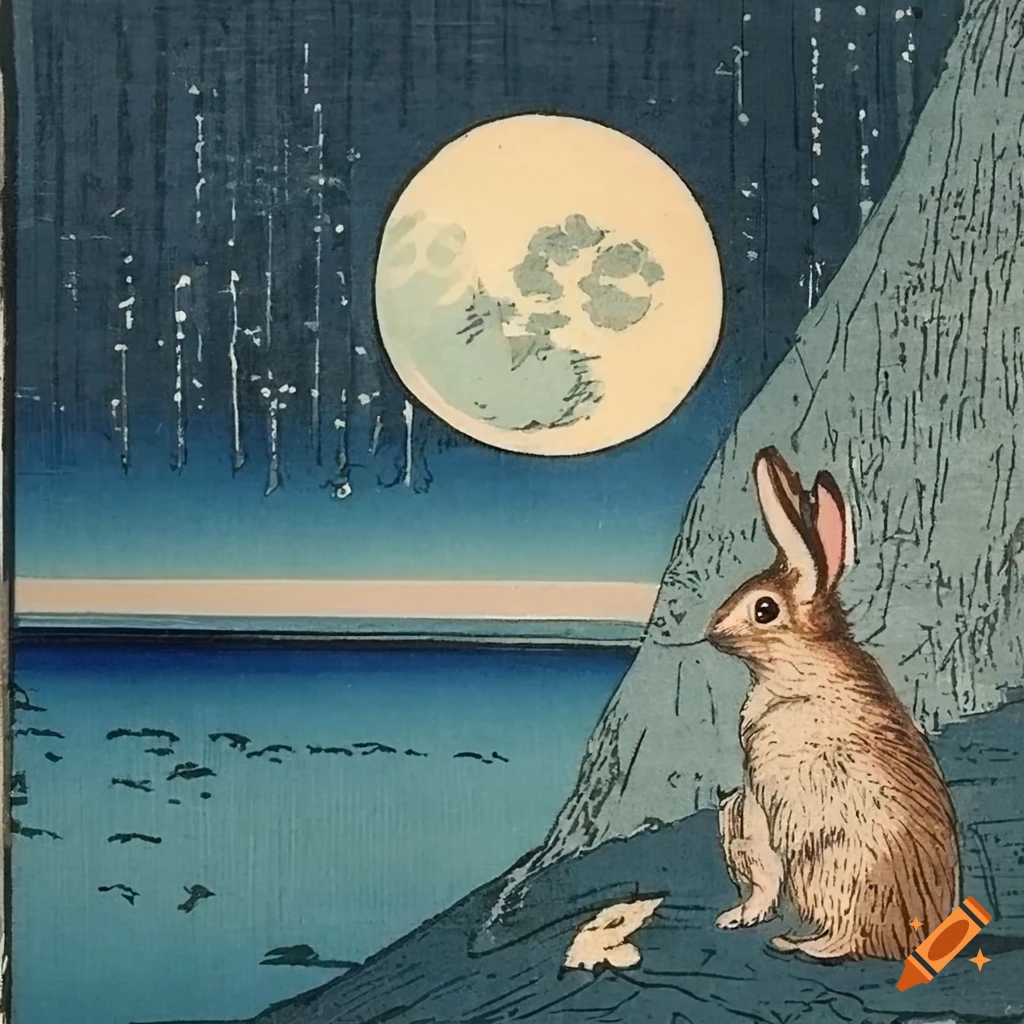 The Hare as a Spiritual Guide
The Hare as a Spiritual Guide The Hare in Ceremonies and Festivals
The Hare in Ceremonies and Festivals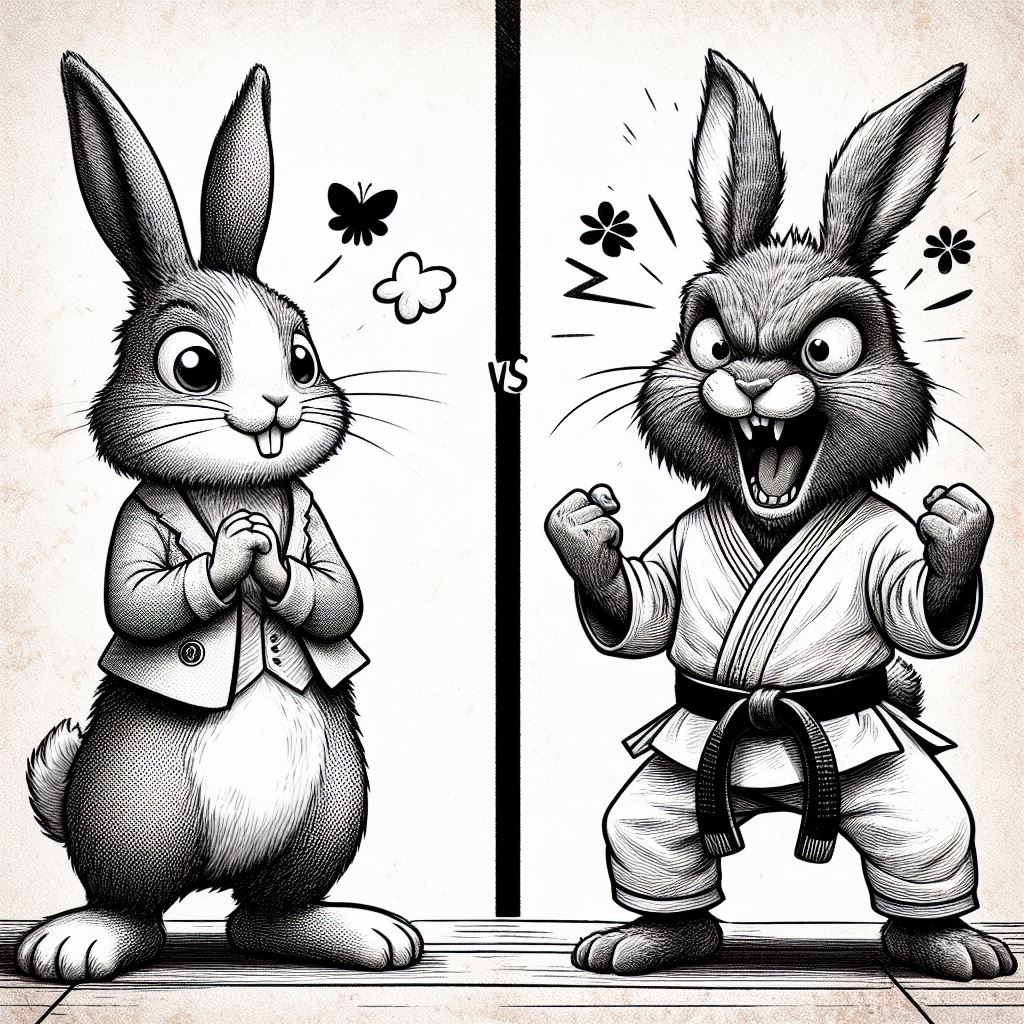 Not to Confuse the Hare with the Hare
Not to Confuse the Hare with the Hare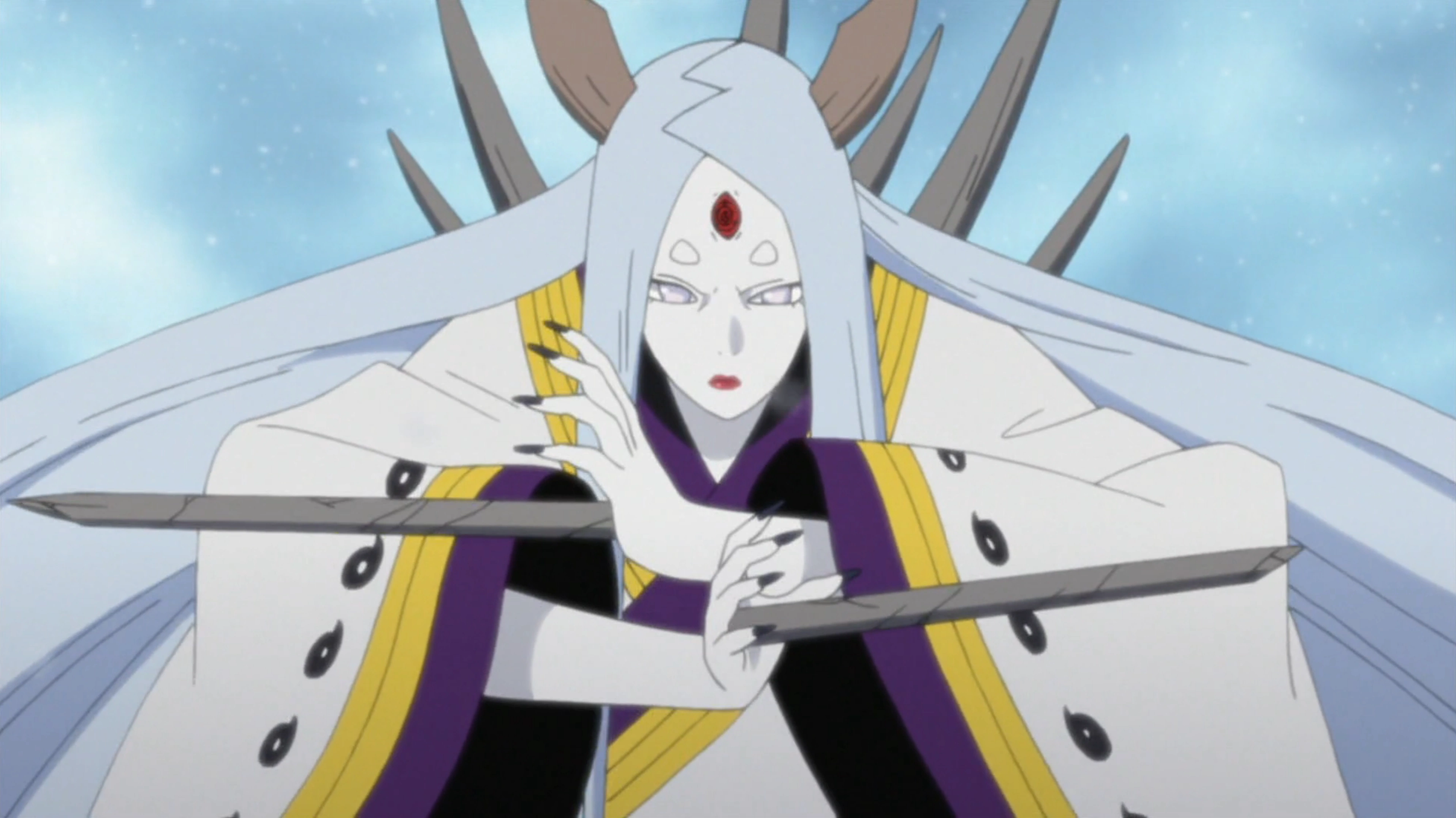 "Naruto" (Masashi Kishimoto, 1999)
"Naruto" (Masashi Kishimoto, 1999)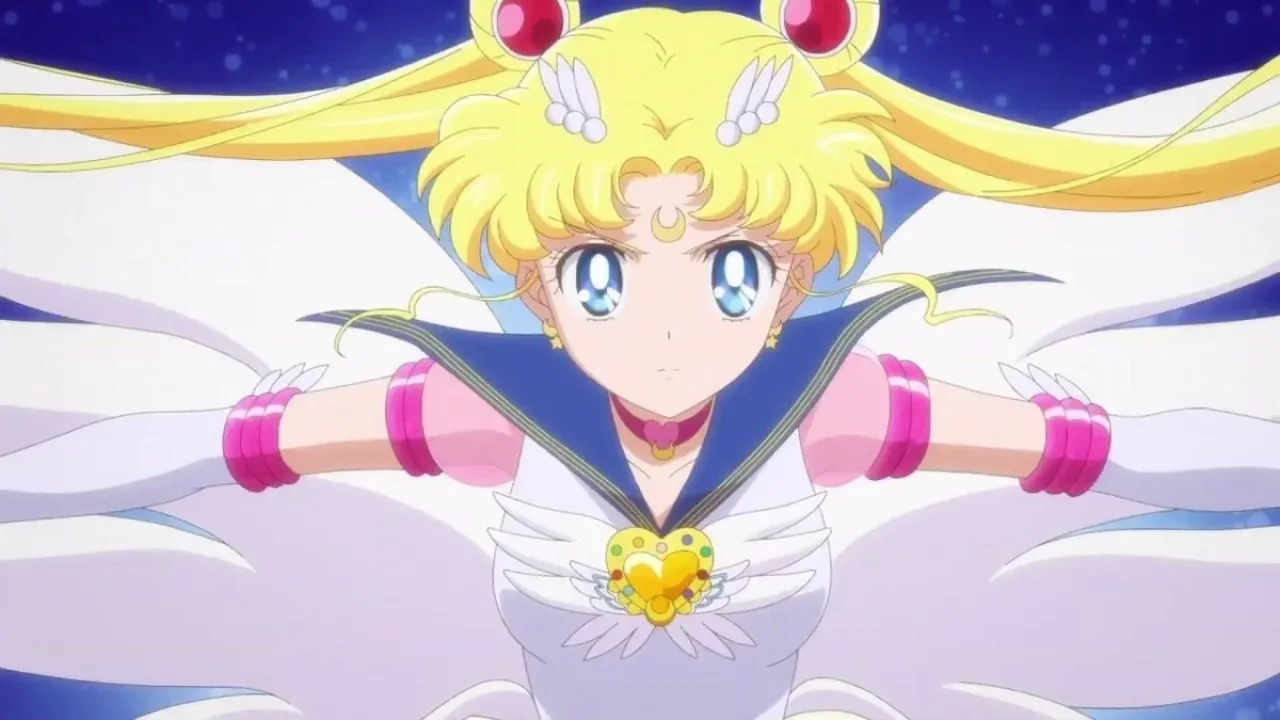 "Sailor Moon" (Naoko Takeuchi, 1992)
"Sailor Moon" (Naoko Takeuchi, 1992) "My Hero Academia" (Kōhei Horikoshi, 2014)
"My Hero Academia" (Kōhei Horikoshi, 2014)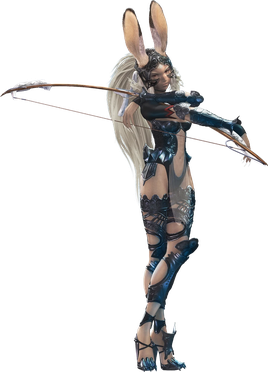 "Ōkami" (Clover Studio, 2006)
"Ōkami" (Clover Studio, 2006)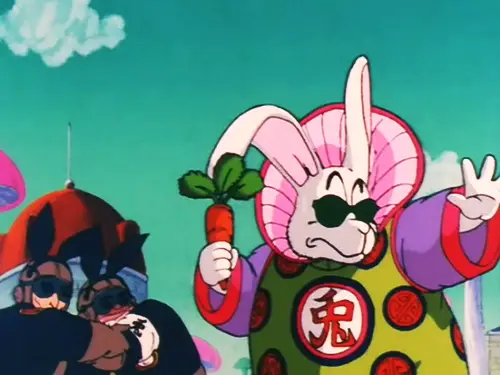 "Dragon Ball" (Akira Toriyama, 1984)
"Dragon Ball" (Akira Toriyama, 1984)

